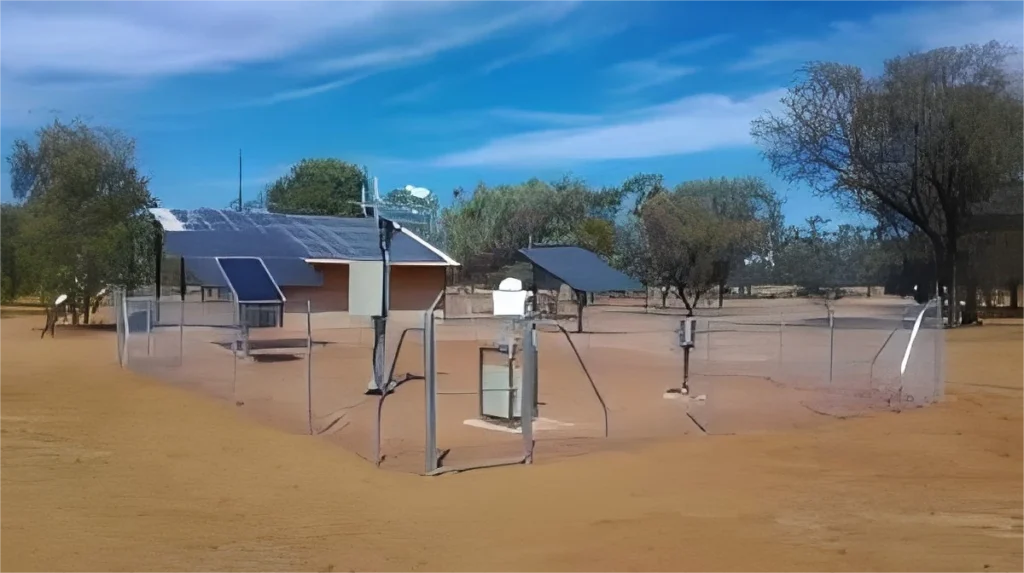**The Drawbacks of Automatic Weather Stations**

html
The Drawbacks of Automatic Weather Stations
Automatic Weather Stations (AWS) have revolutionized meteorology by providing real-time data with minimal human intervention. However, despite their advantages, these systems come with several disadvantages that can impact their reliability and effectiveness.
1. High Initial and Maintenance Costs
One of the primary drawbacks of AWS is the significant upfront investment required for installation. High-quality sensors, data loggers, and communication systems can be expensive. Additionally, regular maintenance, including calibration and repairs, adds to the operational costs, making it a financial burden for some organizations.
2. Dependency on Power Sources
Most AWS units rely on batteries or solar panels for power. In remote or harsh environments, power failures can lead to data gaps. Extreme weather conditions, such as heavy snowfall or prolonged cloudy days, can further disrupt power supply, rendering the station temporarily non-functional.
3. Limited Sensor Accuracy in Extreme Conditions
While AWS sensors are designed to withstand various weather conditions, their accuracy can degrade in extreme environments. For example, temperature sensors may malfunction during heatwaves or freezing temperatures, leading to unreliable data. Similarly, anemometers might struggle to measure wind speeds accurately during storms.
4. Vulnerability to Environmental Damage
Automatic weather stations are often exposed to harsh elements, including heavy rain, strong winds, and UV radiation. Over time, these factors can cause wear and tear, reducing the lifespan of the equipment. Vandalism or wildlife interference can also pose risks, especially in unmonitored locations.
5. Data Transmission Issues
AWS relies on wireless or satellite communication to transmit data. In areas with poor connectivity, data transmission can be delayed or lost entirely. This issue is particularly problematic in remote regions where weather data is critical for early warning systems.
6. Lack of Human Oversight
While automation reduces human error, it also eliminates the ability to detect anomalies that a trained observer might notice. For instance, a malfunctioning sensor could go unnoticed for extended periods, leading to inaccurate weather reports.
7. Limited Customization
Pre-configured AWS units may not always meet the specific needs of users. Customizing sensors or software can be challenging and costly, limiting the flexibility of these systems for specialized applications.
Conclusion
Despite their drawbacks, Automatic Weather Stations remain invaluable tools for weather monitoring. However, understanding their limitations is crucial for optimizing their use and ensuring accurate data collection. Investing in robust maintenance protocols and backup systems can help mitigate some of these challenges.